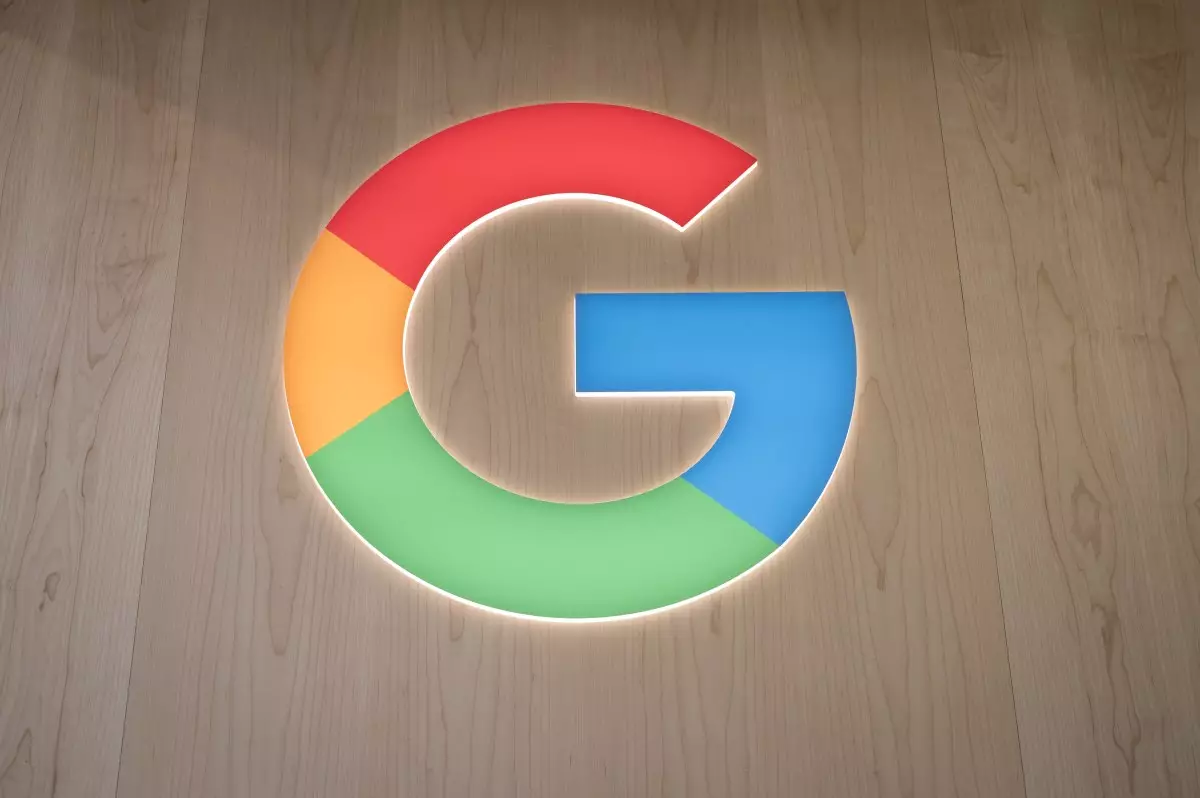As the utilization of generative AI technology grows exponentially, the challenges surrounding its misuse and the proliferation of misinformation have come to the forefront. In response to these pressing issues, Google has announced the general availability of SynthID Text — a tool designed to watermark and identify content generated by AI models. This article delves into the workings, implications, and potential limitations of SynthID Text within the broader context of AI-generated content.
SynthID Text operates on a foundational principle of tokenization. When presented with a prompt, generative AI models, like those behind Google’s technology, predict subsequent tokens—units of text that can be characters, words, or phrases—based on learned probabilities. Each token is assigned a score indicating its likelihood of appearing next in the generated text.
The breakthrough of SynthID Text lies in its ability to manipulate these scores subtly. By modulating the probability of certain tokens, Google effectively introduces a unique watermark into the text produced by its models. This watermark manifests as a distinct pattern of scores, allowing for comparative analysis against expected patterns for both watermarked and non-watermarked texts. This process ensures that users can trace whether a piece of content was generated through an AI tool, a significant step towards fostering transparency in digital content.
Google’s claims surrounding SynthID Text assert that it maintains the quality and speed of text generation, even in altered forms such as paraphrased or shortened text. This is critical for developers and businesses who rely on AI-generated content not just for creativity, but for producing factual and accurate information as well. Nonetheless, it is essential to consider the limitations acknowledged by Google, particularly with short texts and translations.
The difficulties in watermarking short texts arise from the reduced scope for adjusting token distributions without compromising the integrity of the content. For instance, factual questions such as “What is the capital of France?” present a dilemma; any alteration to the prediction model might shift the content away from accuracy. This raises pertinent questions about the efficacy of watermarking in situations requiring precise information, highlighting a significant area for improvement.
Competitive Landscape: Other Players in the Watermarking Space
Google’s venture into generative AI watermarking is notable, yet it is far from being an isolated effort. Companies like OpenAI have also been researching watermarking techniques but have postponed their implementation due to technical hurdles and its commercial viability. A consensus in the tech community suggests that a universally accepted standard for AI-generated content watermarking is essential to ensure that such technologies are effectively adopted across platforms.
The race towards an established watermarking practice signifies broader implications for the future of AI content. If widely accepted, such watermarking methods could serve as a countermeasure against inaccurate AI detectors that currently misclassify generative AI outputs. As the landscape evolves, it remains to be seen which technology will prevail in becoming the standard method for identifying AI-generated content.
In response to the burgeoning use of generative AI, legislative measures are being discussed globally to regulate AI-generated content. China’s government has taken steps towards introducing mandatory watermarking, seeking to mitigate misinformation risks and bolster accountability. Similarly, California is contemplating similar regulations.
These movements illustrate a growing urgency within governmental circles to establish frameworks around the ethical use of AI technology. With studies suggesting that nearly 60% of online content might be generated by AI, it is evident that strategies for tracking the origin of content are crucial to maintaining the integrity of information on the internet.
Google’s introduction of SynthID Text marks a pivotal moment in AI technology by providing tools that allow for better management and traceability of AI-generated content. While the potential benefits of watermarking are vast, particularly in combating misinformation, the road ahead remains fraught with technical challenges and ethical considerations. As the landscape evolves and regulatory frameworks take shape, the successful implementation of such technologies could play a crucial role in securing the future of digital communication. The ongoing dialogue between developers, regulators, and users will be instrumental in shaping a landscape where generative AI can be harnessed responsibly and effectively.

